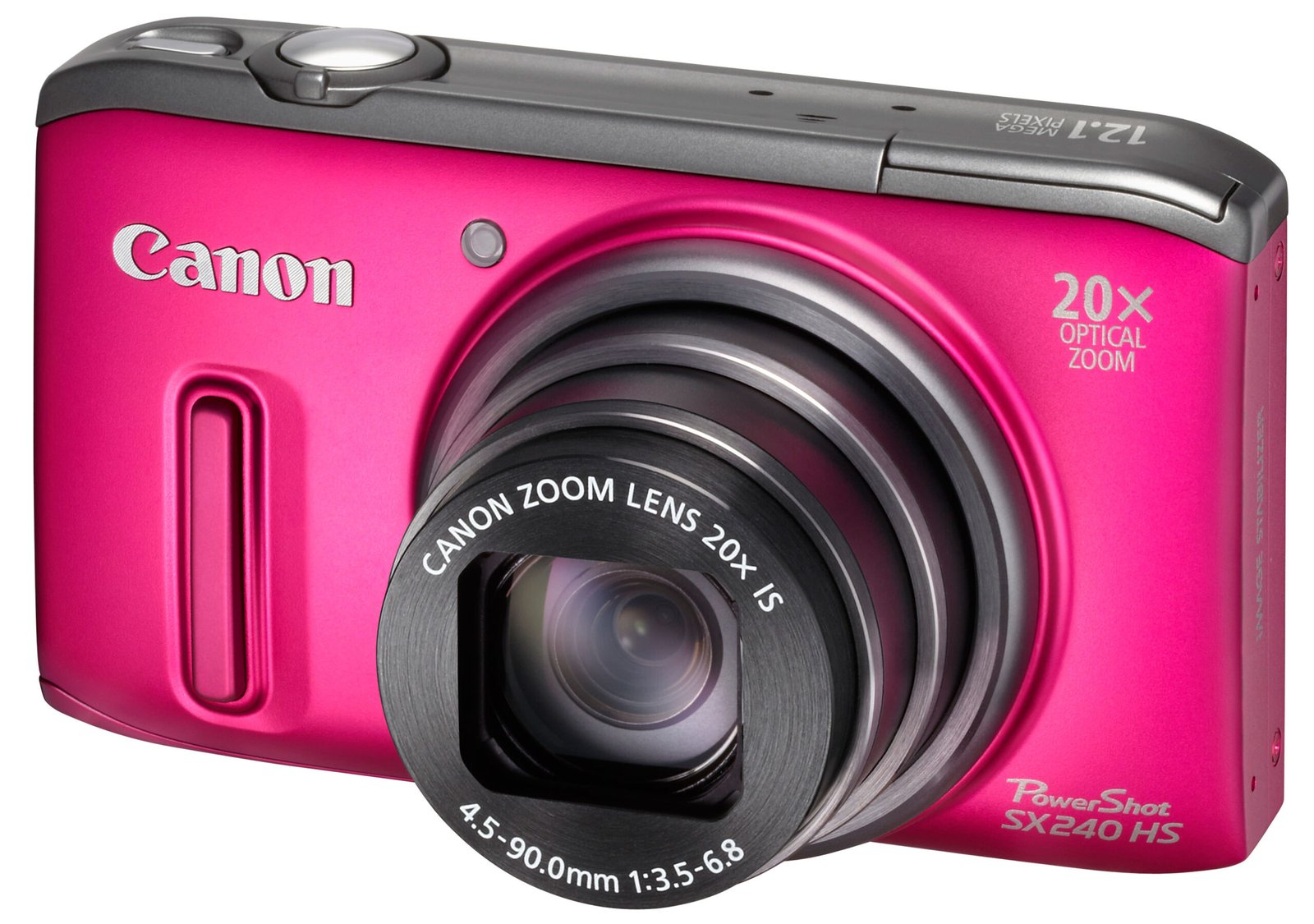A photography portfolio is your visual resume. It showcases your skills, style, and creativity to potential clients, employers, or collaborators. Whether you’re just starting or looking to improve your existing portfolio, creating an impressive collection of your work can help you stand out in a competitive industry. Let’s explore how to build a stunning photography portfolio that highlights your unique talent and attracts opportunities.

Define Your Photography Style
Before you begin assembling your portfolio, it’s important to identify your photography style. Are you drawn to portrait photography, landscape, fashion, product photography, or something else? Your style will guide your selection of images and ensure consistency throughout your portfolio.
Understanding your style helps you target specific audiences. For instance, if you focus on portraits, your portfolio should showcase your ability to capture personalities and emotions. If landscape photography is your passion, curate your best shots that demonstrate your skills in composing wide vistas or nature shots. This helps convey your specialty to anyone browsing your portfolio.
Select Your Best Work
When selecting images for your portfolio, quality is far more important than quantity. Aim to include around 10 to 20 of your best pieces—these should represent your finest work, demonstrate versatility, and showcase your technical skills. It’s easy to get attached to certain photos, but your portfolio must feature work that stands out for its composition, creativity, and technical proficiency.
Avoid including too many similar shots. Instead, aim for a mix that reflects your range and expertise. Choose photos that make a statement, whether it’s through lighting, perspective, or subject matter. This selection will help your portfolio speak volumes about your skill level.
Organize Your Portfolio by Category
If your work covers different types of photography, it’s a good idea to organize your portfolio into categories. For example, you might divide your portfolio into separate sections for portraits, events, landscapes, and product photography. Organizing your portfolio by category makes it easier for viewers to find specific work that interests them.
This organization also shows your versatility as a photographer. It tells potential clients or employers that you can handle various types of photography with skill. Keep the categories clear and easy to navigate to improve the user experience.
Showcase Your Best Editing Skills
Good photography is often made better through effective editing. Your portfolio should include images that are polished with post-processing techniques, demonstrating your ability to enhance colors, lighting, and composition. Proper editing ensures your photos look professional and helps convey your creative vision.
However, be mindful not to over-edit your photos. A photo that has been excessively altered may appear unnatural and detract from the impact. Focus on enhancing the natural qualities of your images, such as correcting exposure, improving contrast, or adjusting the sharpness of the subject.
Create a Consistent and Professional Layout
Your portfolio’s layout should be as polished and professional as the photos it contains. Keep the design simple and clean, with a focus on the images. Avoid clutter or overly complicated designs that may distract from your work.
Consider including brief captions or descriptions for each image, highlighting the context or concept behind the shot. These short descriptions can help viewers understand the creative process behind each image. However, be careful not to overcrowd the layout with too much text. Let the images do most of the talking.
Build an Online Portfolio
In today’s digital world, an online portfolio is essential. It allows you to share your work with a global audience and makes it easy for potential clients or employers to access your images anytime, anywhere. There are many platforms and website builders that allow you to create an online portfolio, such as Squarespace, Wix, and WordPress.
When creating your online portfolio, choose a clean, responsive template that looks great on both desktops and mobile devices. Ensure your images load quickly, and prioritize high-quality images that don’t sacrifice resolution. You want visitors to have a seamless experience when viewing your work.
Conclusion
Building a photography portfolio requires careful selection, creative organization, and attention to detail. By focusing on your best work, maintaining a cohesive layout, and keeping your online presence updated, you can create a portfolio that showcases your unique talent and attracts new opportunities. A well-crafted portfolio is an essential tool for photographers seeking to build their brand, grow their client base, and make an impact in the industry.










